
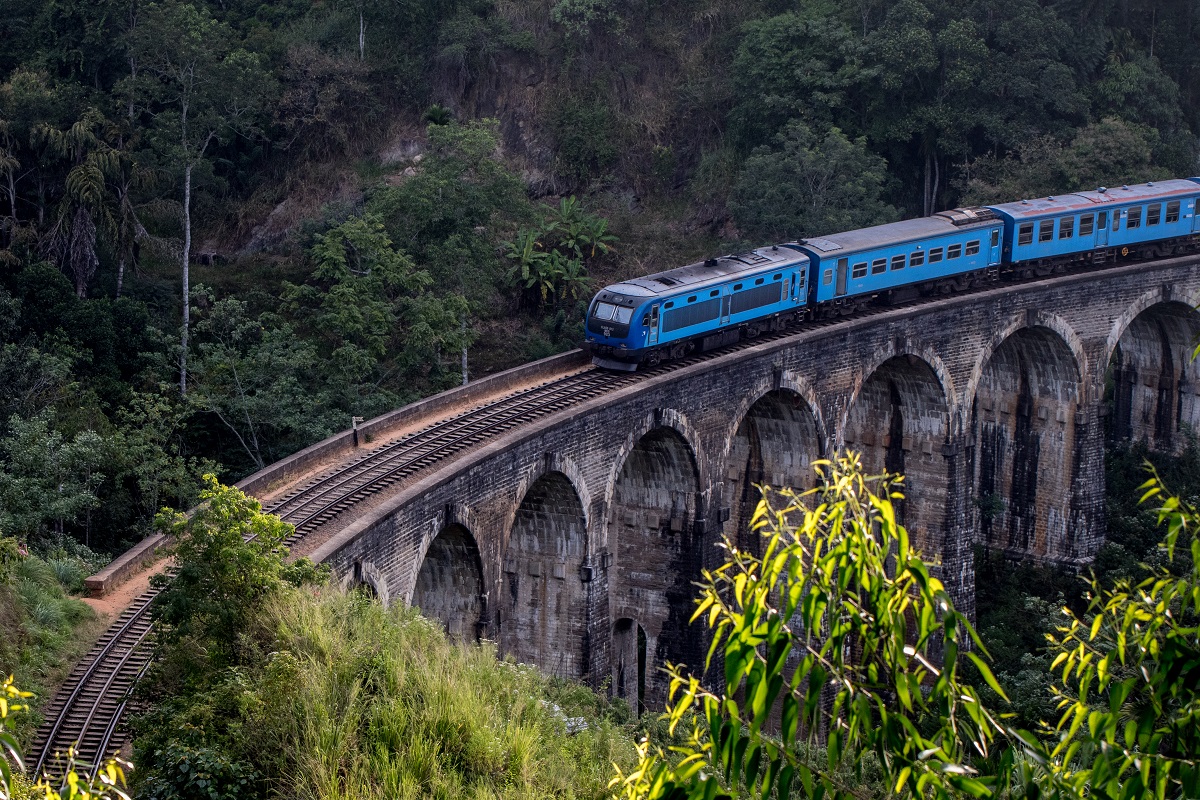
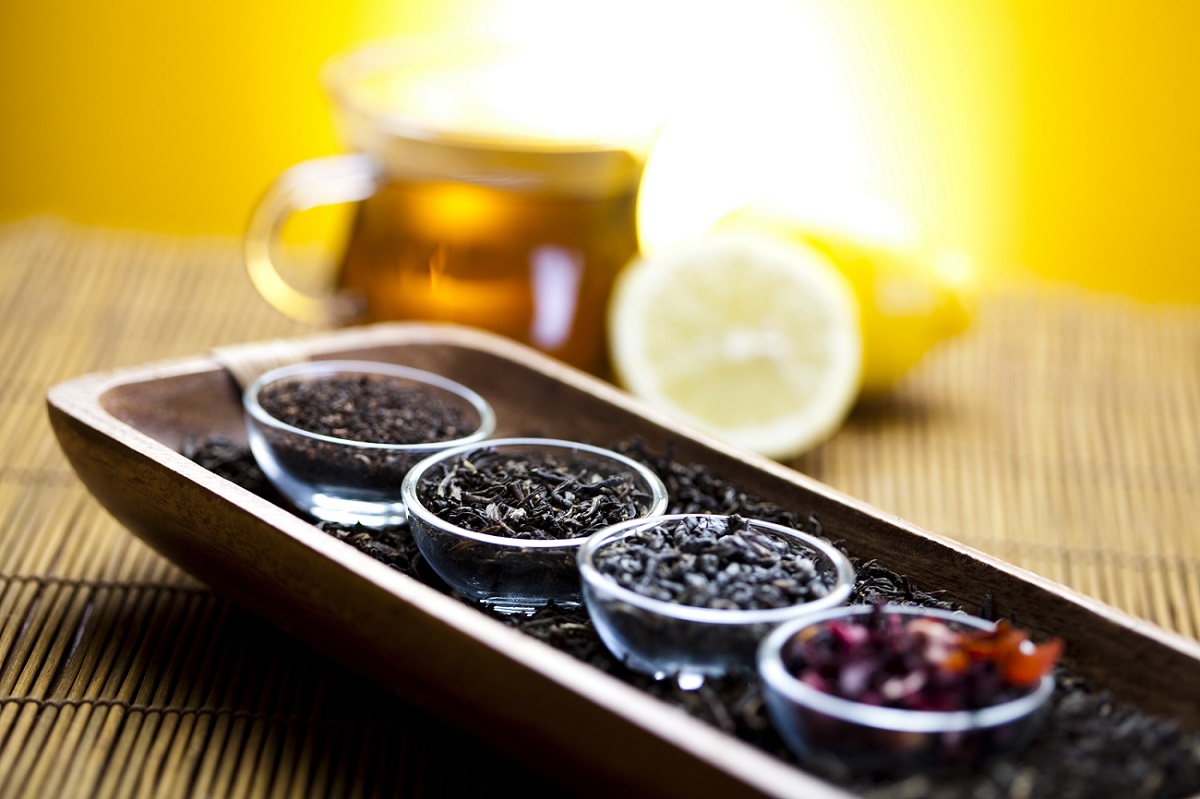
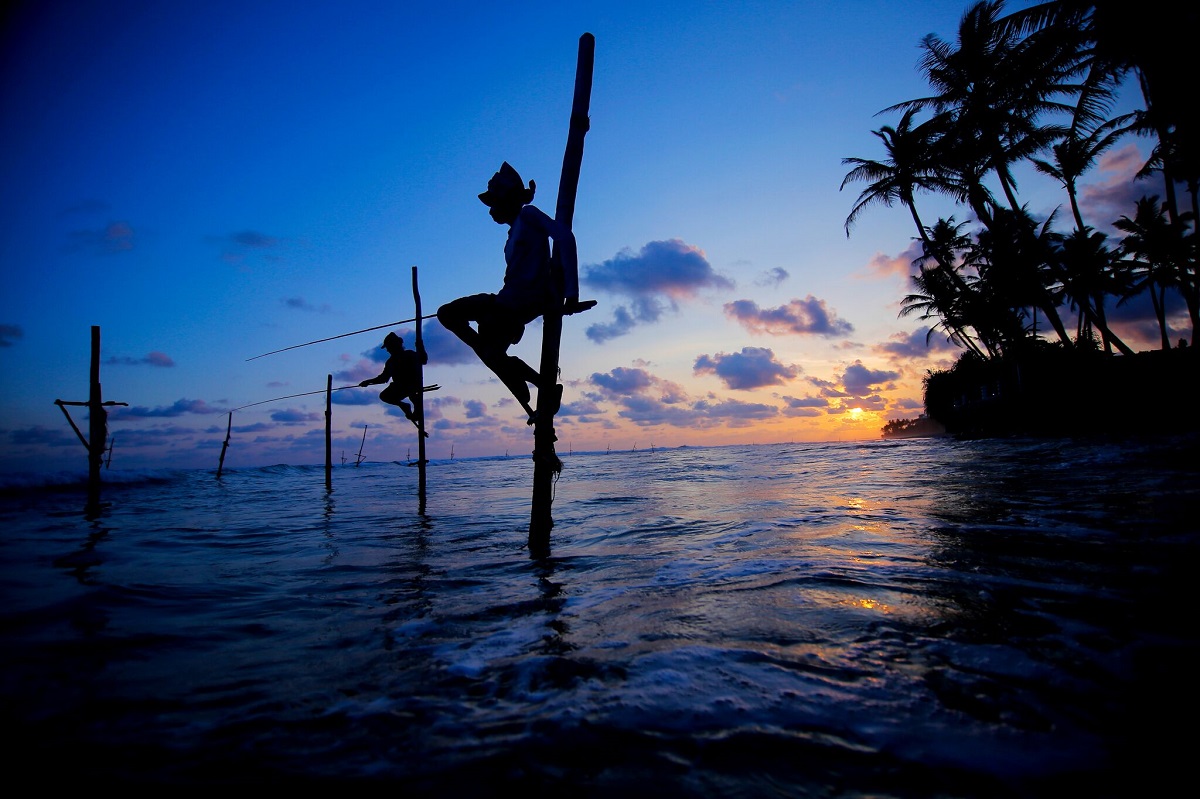
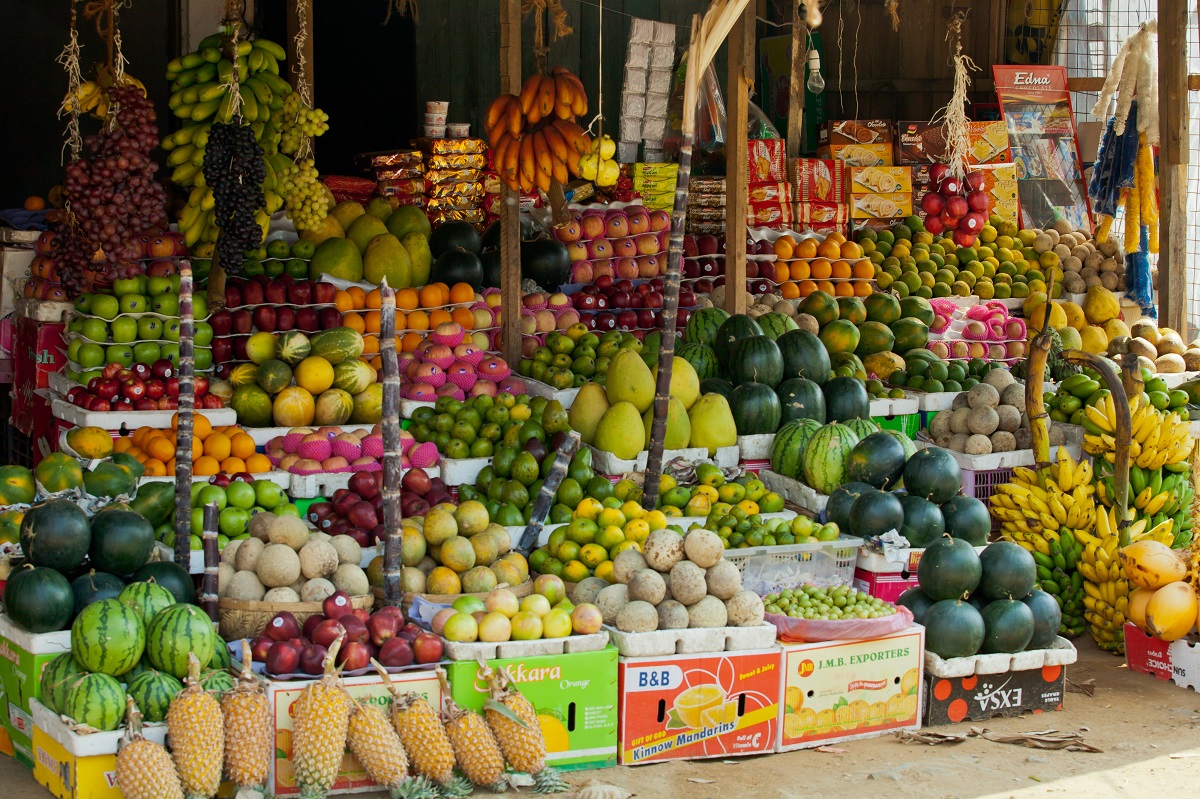
Sri Lanka , officially the Democratic Socialist Republic of Sri Lanka, is an island country in South Asia, located southeast of India and northeast of the Maldives.
The island is home to many cultures, languages and ethnicities. The majority of the population is from the Sinhalese ethnicity, while a large minority of Tamils have also played an influential role in the island’s history; Christians in both groups are recent converts who have kept the traditional culture. Moors, Burghers, Malays, Chinese, and the aboriginal Vedda are also established groups on the island.

The climate is tropical and warm, due to the moderating effects of ocean winds. Mean temperatures range from 17 °C (62.6 °F) in the central highlands, where frost may occur for several days in the winter, to a maximum of 33 °C (91.4 °F) in other low-altitude areas. Average yearly temperatures range from 28 °C (82.4 °F) to nearly 31 °C (87.8 °F). Day and night temperatures may vary by 14 °C (25.2 °F) to 18 °C (32.4 °F).[173]
Rainfall pattern is influenced by monsoon winds from the Indian Ocean and Bay of Bengal. The “wet zone” and some of the windward slopes of the central highlands receive up to 2,500 millimetres (98.4 in) of rain each year, but the leeward slopes in the east and northeast receive little rain. Most of the east, southeast, and northern parts of Sri Lanka comprise the “dry zone”, which receives between 1,200 and 1,900 mm (47 and 75 in) of rain annually.
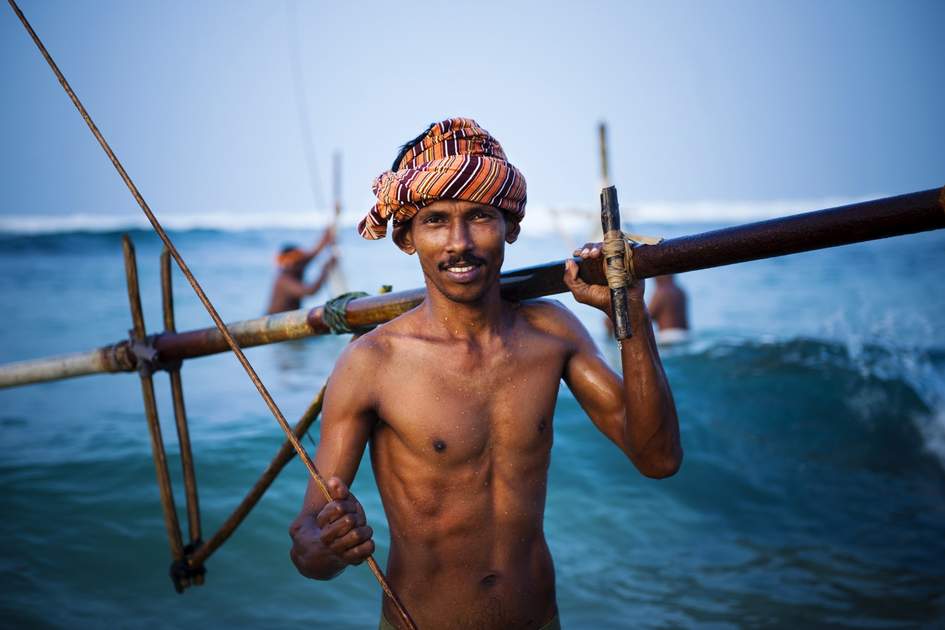
Interesting Facts About Sri Lanka
Sri Lanka was first colonised by the Portuguese in 1505, then the Dutch in 1658 and then the British in 1796. Finally, the country gained full independence in 1948.
The oldest living tree known to be planted by man is in Sri Lanka. Sri Maha Bodhi in Anuradhapura has been tended continuously for over 2,000 years. It was grown from a cutting brought from Bodh Gaya in India, the tree under which Buddha is said to have found enlightenment.
The world’s first female prime minister was Si Lankan. In 1960, Sirimavo Bandaranaike became the sixth Prime Minister of Ceylon and the world’s first female prime minister.
In 2016, the World Health Organisation declared Sri Lanka as malaria-free. Sri Lanka had been among the most malaria-affected countries in the mid-20th century, but the country’s Anti Malaria Campaign successfully targeted the mosquito-borne parasite that causes the disease.
Adam’s Peak is the most sacred mountain in the country. It stands at 2,243m (797ft) and holds significance in several major religions thanks to the curious depression at its summit, known as the Sri Pada or Sacred Footprint. Buddhists believe the impression to be Buddha’s, Muslims claim it as the footprint of Adam’s, while Hindus believe it belongs to Shiva. Christians have also claimed it for St Thomas.
Sri Lanka was the second-worst hit country by the 2004 Indian Ocean tsunami. More than 30,000 people were killed with over half a million displaced.
The colourful Sri Lankan flag is rather complicated

The sword demonstrates the sovereignty of the nation
The four bo leaves – symbolising Buddhism and its influence on the country – stands for the four virtues of kindness, friendliness, happiness, and equanimity
Orange signifies Sri Lankan Tamils
Green signifies Sri Lankan Moors
Maroon signifies the Sinhalese majority
And the yellow denotes other ethnic groups
Main Links
Tour Packages

135/4, Araliya Uyana, Melegama,Wadduwa,
Sri Lanka

